Even before Gavin Newsom’s statewide order to clear camps, Modesto’s homeless people were saying Stanislaus County Sheriffs had already started arresting people with no place to go. Whether that’s the case or not, jail time for homeless people is the expected outcome after the Supreme Court ruling on Grants Pass vs Johnson on June 28. Essentially overturning the 2018 decision by the Ninth Circuit Court of Appeals that people could not be denied sleeping in public if there were no other place to go, the nation’s Supreme Court has ruled sweeps and rousts of homeless people are legal and up to the discretion of cities and counties, regardless of whether or not alternative shelter is available.
Despite the suppressed but obvious glee from many state and local authorities, incarcerating California’s homeless people will fail, just as years of sweeps and expenditures of billions of dollars have already failed. These tactics will fail because state and local authorities, despite years of opportunity to learn and an abundance of facts, still don’t comprehend homelessness.
There are many reasons why homelessness has been an intractable enigma for California leaders, beginning with several bogus narratives that clouded people’s minds from the beginning. It was Ronald Reagan who claimed,
“You can’t help those who simply will not be helped. One problem that we’ve had, even in the best of times, is people who are sleeping on the grates, the homeless who are homeless, you might say, by choice.”
That was forty years ago. Today, over 180,000 Californians have “chosen” to be homeless. Today, the fastest growing cohort of homeless people are the elderly, who everyday are “choosing” to live without showers and toilets, “choosing” to chance life on the mean streets of skid row and poverty lane, and “choosing” to be rousted by authorities whenever they lie down for a nap.
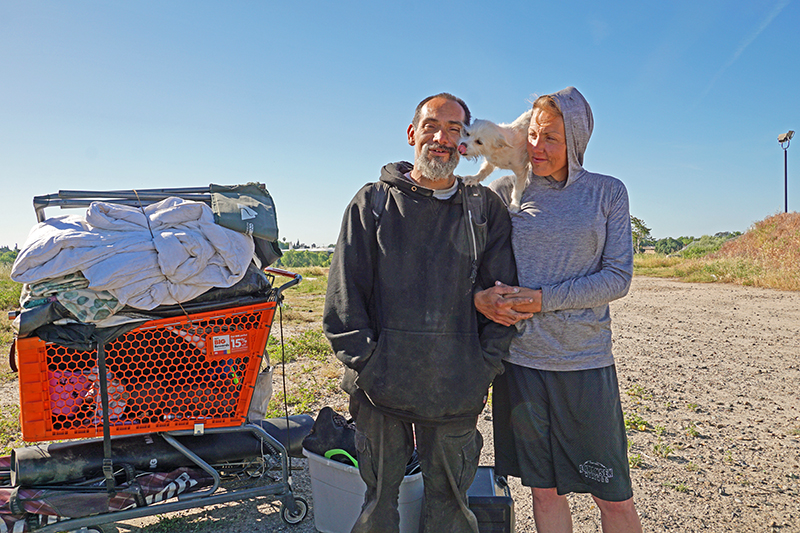
Only a few seconds of reflection would reveal the absurdity of believing that 180,000 California residents suddenly woke up one day and chose to be homeless; nonetheless, that belief dominates many people’s views about homelessness, even today. The power of an early narrative, however false, can alter our minds even to the extent of distorting reality.
A Failure to Think
California’s failures on homelessness aren’t just due to false narratives, though false narratives do play a significant role. Especially when they handicap thought and reflection, false narratives shut down the critical analysis needed to address any problem.
Consider, for example, the word “homeless.” For many, the word conjures up images of garbage and filth. It brings to mind crazed drug addicts, shoplifters and dirty bums, the dregs of society.
That image of homeless people is behind the NIMBYISM, the fear and the loathing that so many people feel about homelessness. They don’t want homeless people in their neighborhoods, in their parks, and on their streets.
Many of these fears are to an extent justified. Frequently, the most visible homeless people are the mentally ill, whose disorders are often magnified by drugs. Screaming people on the streets has become a norm in too many of our cities and towns. In fact, a recent study of homeless people by UC San Francisco found that “66% were currently experiencing mental health problems.” Unfortunately, rather than attribute the problem to failed systems of care for the mentally ill — especially the closure of mental institutions — we too often blame people who have impaired minds and need professional help.
Our capacity to think about homelessness is greatly reduced by what logicians call the “fallacy of composition.” It’s closely related to the more widely known “hasty generalization.”
The homeless people we see on the streets don’t necessarily represent the entire homeless population. In fact, over a third of chronically homeless people are disabled. Once you realize that typical disability incomes are around $1,000 a month, it’s easy to understand why many disabled people become homeless. It’s not because of choices, it’s because they don’t have enough money to pay the rent.
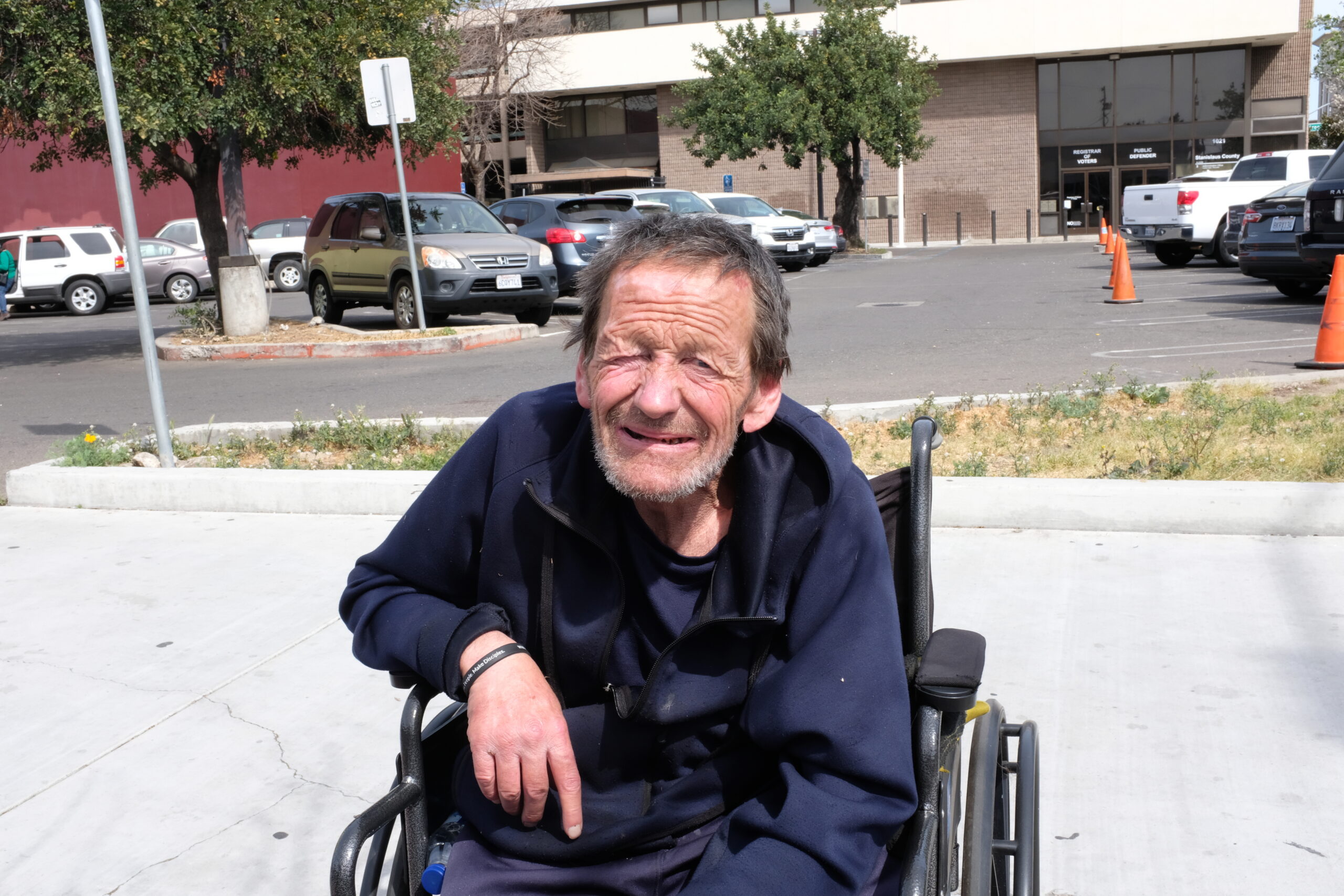
At any given time, almost two-thirds of California’s homeless people are homeless for only a few months. These are the short-term homeless, people who have fallen on hard times and just need temporary assistance to get back on their feet. At one time, they would have survived in a cheap room or hotel. Those options are gone.
The cheap hotels and rooms — the flophouses and roach motels of yore —have disappeared. Gentrification, especially in major cities like San Francisco and Sacramento, hasn’t only done away with cheap hotels and rooming houses, it’s raised rents far beyond the capacity of many working people, hence the number of working people in major cities who live in cars, trailers, and motor homes.
Even in so-called “affordable” San Joaquin Valley cities like Modesto, where Bay Area commuters flock to snatch up houses and rentals they can afford, the average rent for a 785 square foot apartment is $1,652. The average hourly wage there is $30.48. Compare that figure to the average hourly wage in the San Francisco, Hayward and Oakland region, which is $46.86. And keep in mind that average rents in San Francisco, after a downward trend, are still over $3,000 a month.
Over the last decade, fewer than half of California’s estimated need for 180,000 houses per year have actually been built. In a rational world, housing costs and housing shortages would be acknowledged as major factors in homelessness, factors beyond renters’ and homeowners’ control. In the fictional universe constructed by false narratives, homelessness is a choice. How much sense does that make?
The Myth of Help and Services
Corollary to Ronald Reagan’s claim that people choose homelessness was his remark that, “you can’t help people who simply won’t be helped.” It’s now a settled belief among vast numbers of people that homeless people don’t want help. Though that’s not at all the case, it’s easy to believe such a thing if you have too little acquaintance with homeless people and broken systems of care to understand their distress.
The first thing to understand about “help and services” is there is too little supply to meet the demand. The most commonly available “help” for a homeless person is a bed in a congregate shelter. Authorities often fail to acknowledge that local shelters are often full, especially during winter. Even when beds are available, there are many reasons people don’t want to stay in a congregate shelter, including a history of bad experiences.
While the people who manage and staff congregate shelters are generally extraordinarily kind and competent, virtually all are overworked. Far too few are qualified to deal with the mentally and physically ill who end up in shelters simply because there’s nowhere else to assign them.
Despite rules against drugs, drug use and drug sales are common in and near shelters. Shakedowns, robberies, fights, and threats are also common. For many people in distress, one or two bad incidents are more than enough to discourage them from congregate living.
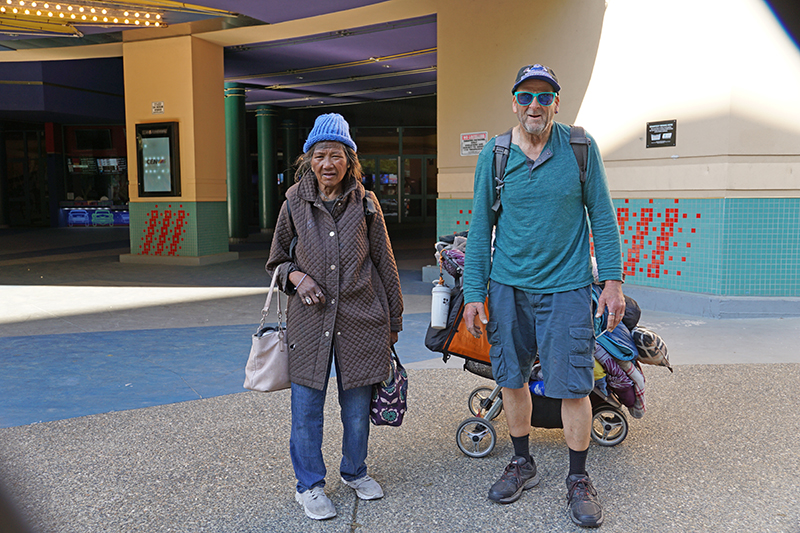
Especially in faith-based shelters, mandatory prayer and lectures about the wages of sin become too much for people who come to feel they’re being judged by people no better than they are. The lack of privacy in congregate shelters is especially wearing on residents who stay month after month and, sometimes, for years.
Congregate living imposes conditions many people can’t meet. Shelter residents are often separated from spouses, partners, pets and friends. There are frequent encounters with the bureaucratic maze of case managers, counselors, government agencies, and non-profits, almost all of which lead directly back to that bed in the shelter, because no matter how much time and energy are directed to “help,” there is not enough housing. Not enough rooms, not enough apartments, not enough houses.
The widespread belief that homeless people don’t want help is yet another myth that enables authorities to avoid discussion of the material and structural factors that have driven homelessness throughout the state. It also permits justification for criminalizing poverty with jail time for the crime of having nowhere to sleep.
This failure to think clearly about homelessness has been a major factor in squandering billions of dollars on rousts, sweeps and arrests that do nothing more than relocate homeless people from one place to another, often only a mile or so away. Now, Governor Gavin Newsom is doubling down on sweeps as the primary tactic for managing homelessness throughout California, a tactic that to date has cost over twenty billion dollars and failed.
Modesto City Councilmember Nick Bavaro made a close study of local homelessness even before he was elected in 2022. After he got in office, he did ride-along tours with the city’s law enforcement and outreach workers.
On one such ride, the city’s Park Rangers team found campers at a local park and ordered them to move along.
“I went by the next day and they were across the street,” said Bavaro later. “What’s the point of moving them across the street?”
On another occasion, homeless people living in tents and vehicles had formed an encampment just outside city limits. When county sheriffs forced them to move, most of the residents relocated into Bavaro’s district.
A successful businessman, Bavaro is accustomed to evaluating returns on investment. He couldn’t see any return on the dollars spent rousting homeless people from place to place.
“We [Modesto] have a ‘Camp to Home” program,’ said Bavaro. “We also need a ‘Streets to Camp’ program that actually gets people who have nowhere to go off the streets.”
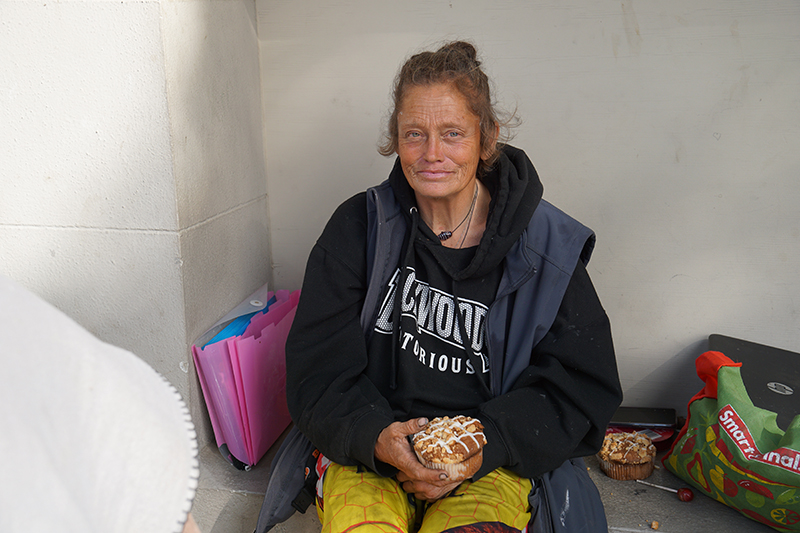
Along with two other councilmembers, Bavaro proposed the city of Modesto investigate options for safe ground for homeless people similar to programs established in Chico, San Diego, Sacramento and other California cities. The proposal was defeated by a 4-3 vote.
Now, as Governor Newsom has ordered even more sweeps, the clear message is jail time for homeless people. No one anywhere argues there is enough shelter space of California’s homeless residents, nor are there enough services.
Jail Time won’t Work
California’s elected authorities, including Gavin Newsom, know there are not enough shelter beds and services for homeless people. Now, according to the New York Times, Newsom has ordered state agencies, “including California State Parks and the Department of Fish and Wildlife,” to emulate the California Department of Transportation’s (Caltrans) practice of clearing homeless camps and offering services. Caltrans has cleared 11,000 campsites since 2021. Meanwhile, homeless numbers continued to grow. The Governor of California wants more sweeps.
Caltrans sweeps already have a proven record of failure. Now, cities and counties have been ordered to find places to direct homeless people as they are swept aside from freeway margins and other Caltrans property. Unless there is funding available to put those people in hotels and motels as during the pandemic, there are no other places than jail. Jail time for homeless people will just squander more money as minor offenses like trespassing will result in a catch, hold, and release program remarkable for the kind of expensive redundancies that have thwarted homeless management efforts for well over a decade.
The Myth of Enabling
Imagine if Rush Limbaugh, Robert Downey Jr. or any other celebrity drug addict were told they would have to quit using before they got treatment. Imagine that after they got treatment, they were homeless on the streets. Who would bet on them staying off drugs?
Despite the patent absurdities of the Limbaugh/Downey scenario, it’s a common pattern for homeless people.
“We’re not going to enable drug use,” said a Modesto city official as he explained his opposition to permitted sleeping sites. Many state and local officials share the same view. They claim that providing safe places for homeless people will prevent them from “hitting bottom” and realizing they need help.
Like most every other myth about homelessness, the hitting bottom fallacy ignores reality. “Bottom” for many people never comes. That’s why there are so many overdoses and deaths from drug use.
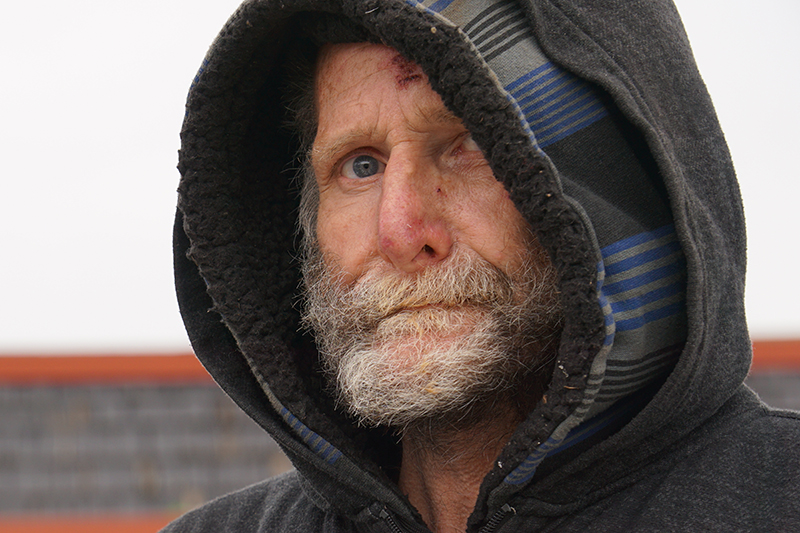
As for drug use itself, it’s not only common in and around shelters, it’s common in subsidized housing like Modesto’s Kansas House and other projects dedicated to housing needy residents. The claim that punishing people until they hit bottom and suddenly decide to seek treatment is belied by experience, evidence, and common sense.
Many addicts, not unlike Limbaugh and Downey, have hit bottom multiple times and kept using. The difference between celebrity addicts and homeless people is that the celebrities can afford the finest treatment and have safety nets of wealth, housing, and continued care after they’ve stopped using. Homeless people have no such assets.
The Myth of Rehab
Everyone loves the rehab story. Usually framed as a religious awakening, the rehab story’s plot lines — despair, enlightenment, recovery and material success — always bring tears, applause, and standing ovations. Almost no one ever asks what percentage of homeless people ever achieve such successful self-sufficiency.
In fact, rehabilitation in terms of a self-sufficient income is an inappropriate model for the disabled, mentally ill, cognitively challenged, elderly and severely traumatized people who make up large segments of the homeless population. These are people in distress. They need help and will always need help.
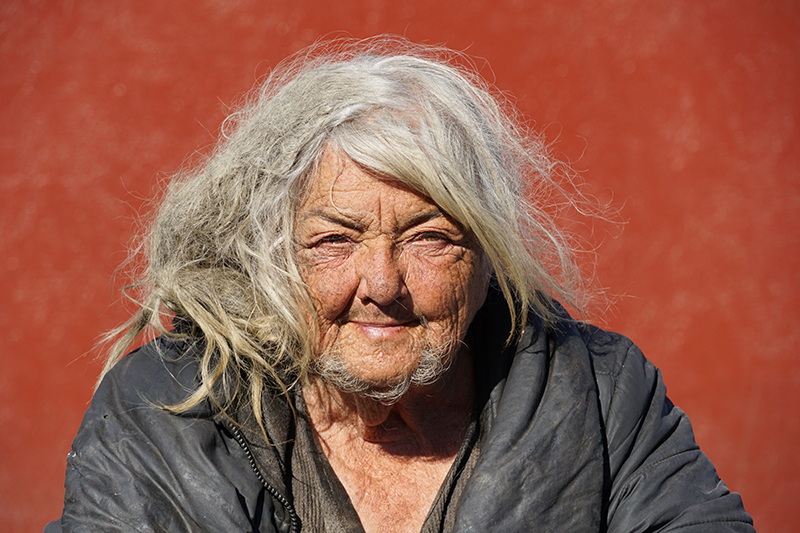 In many cases, the help will be sufficient if only in the form of subsidized housing. In other cases, housing will have to be accompanied by supervision and care, even if only minimal. Given the extraordinary resiliency and courage of many, some people will make it back into the mainstream despite the housing shortage, high rents, and insufficient wages that have been major factors in their plight. They will remain a small percentage of the total homeless population, at least until the structural and systemic factors driving homelessness have been remedied. If it happens at all, that adjustment is years away.
In many cases, the help will be sufficient if only in the form of subsidized housing. In other cases, housing will have to be accompanied by supervision and care, even if only minimal. Given the extraordinary resiliency and courage of many, some people will make it back into the mainstream despite the housing shortage, high rents, and insufficient wages that have been major factors in their plight. They will remain a small percentage of the total homeless population, at least until the structural and systemic factors driving homelessness have been remedied. If it happens at all, that adjustment is years away.
Denial and Wishful Thinking
From the very beginning of the homeless crisis, denial and wishful thinking have prevented recognition of the structural and systemic failures that have driven many of our most vulnerable and needy citizens onto the hard ground of homelessness. Blaming homeless people for their distress has enabled state and local authorities to dodge government’s responsibility to provide the public with humane management of the humanitarian crisis of homelessness.
One-hundred seventy years ago, Abraham Lincoln defined government in his typically concise and eloquent way
The legitimate object of government, is to do for a community of people, whatever they need to have done, but cannot do, at all, or cannot, so well do, for themselves…in their separate, and individual capacities….The desirable things which the individuals of a people cannot do, or cannot well do, for themselves, fall into two classes: those which have relation to wrongs, and those which have not…
The first — that in relation to wrongs — embraces all crimes, misdemeanors, and non-performance of contracts. The other embraces all which, in its nature, and without wrong, requires combined action, as public roads and highways, public schools, charities, pauperism, orphanage, estates of the deceased, and the machinery of government itself.
From this it appears that if all men were just, there still would be some, though not so much, need of government.
Today, we’ve lost words like “pauperism” and substituted words like “homeless.” But even in Lincoln’s time it was widely recognized that there will always be some people who need help that families, churches and charities can’t provide. Those people were called “paupers.”
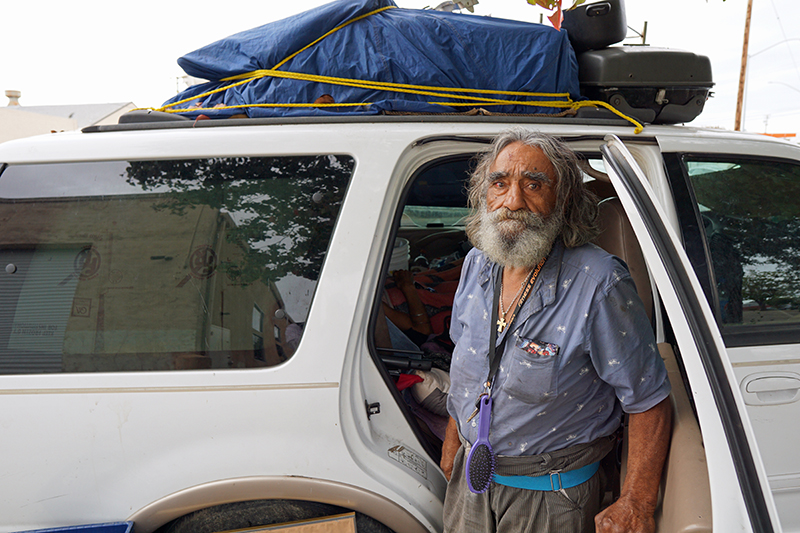
Paupers are poor people who can’t support themselves. Sometimes their poverty is temporary because they’re between jobs or have fallen behind on bills. Sometimes the poverty is permanent due to illness, disability, or the pressure of the times. What Lincoln recognized, and many others have recognized since the dawn of civilization, is that we don’t turn our backs on people in distress due to poverty, especially when their plight is no fault of their own.
False narratives and a catalog of myths about homelessness have made it easy to objectify, depersonalize, dehumanize and demonize the poor, disabled, elderly, and sick who comprise the most vulnerable among us. Sweeping people aside, treating them like trash and refuse, and jailing them for the “crime’ of sleeping in public are violations of the human contract we all endorse when we choose civilization over the law of the jungle.
Homeless people, as Modesto businessman and City Councilmember Nick Bavaro realized after a careful study, “have nowhere to go.” The vast majority have nowhere to go due to factors beyond their control. They are not unlike the survivors of a shipwreck, cast upon street corners, hard sidewalks and unforgiving asphalt by material forces that have swept them into the dire straits of extreme poverty.
Despite their plight, most homeless people want only a place to lie down and rest. Many will move on as soon as they have somewhere to go. Until that time, it is the duty of a civilized society to treat them like the human beings they are. The vast majority of the American people are inspired by the enduring spirit and example of Abraham Lincoln, who put pauperism into the category he considered “without wrong” but still mandating government assistance.
Today, we have made poverty “wrong,” first by casting poor people into the streets and, now, by choosing to criminalize poverty. There’s still time to rectify our error. Even after the Supreme Court’s ruling and Gavin Newsom’s orders, cities and counties have options other than jail time for the poorest among us.
In the end, we the people must be the ones who rise to the defense of our neighbors in distress. Homelessness is a humanitarian crisis, not least because it now threatens our own humanity. If we turn our backs on people in need, substituting jail time for the compassion and care we all owe one another under the authority of the Golden Rule, we lose the empathy and sympathy that constitute two of the most critical components of the human condition. In so doing, we lose the better parts of ourselves.

EXCELLENT SYNOPSIS AND THE BEST WE CAN DO IS STICK TO THE GOLDEN RULE.
Nick Bavaro you are such an intelligent human being, why don’t we have more people with your heart and brains? Everything you say is 100% true. Thank you for this.. bless you and your family for our homeless people.
Good article. This State spends the most on homeless solutions, but the problem is not getting better- where does all that money go to? If all the governments pooled all the money spent in one year, I suspect the estimated $$$ would easily house all homeless people in hotel rooms with a few billion left over. Recently, I traveled to a large city in Mexico- while driving on a tour, I commented- why are there no homeless here? The answer tells the story- but I will leave that to the reporters to figure out…
Simply put: we created and live in a culture of waste which includes humans when they can’t make the wheel go around.
Good article and gets down to the terrible heart of what the homeless are! Biggest reason I see for so- called lack of success is, those throwing money , laws and whatever against the problem, don’t really know the problems and why people are in this situation. They seem to pick and choose the many different problems and ASSUME that one FIX does it. Homelessness has been around for decades plus. No one seems to understand that homelessness isn’t the real problem. It’s the many circumstances that caused the result of homelessness. If you don’t find/fix the root, roots of the problem it means minimal success forever! All the rest of us fighting for things to be better, not fixed for the suffering people are stymied by the lack of even people willing to address the suffering. I say NOT FIXED because at this small level of influence our fixes are limited down to ordinary survival basics, eating, sleeping, safety, health and a little comfort. Doesn’t say much for the CIVILIZED world does it?
See Community Supported Shelters’ website for answers. Modesto can duplicate this effort since church properties no longer have to go through a zoning change process (State law). State has also made allowances for micro shelters (~100 sq ft) in regards to building codes. To overcome the NIMBY factor start small and intelligently. I am a proponent for this methodology.
I, too!